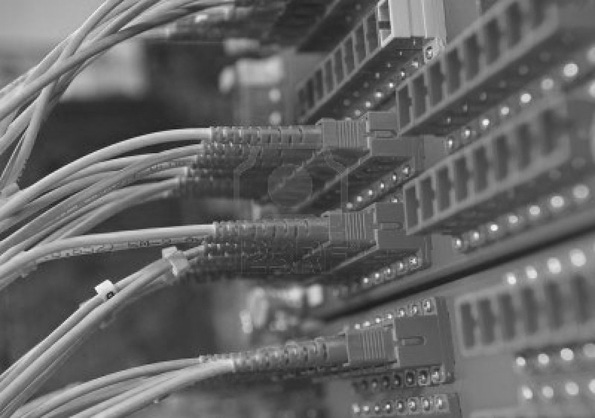MSPs can leverage serverless in other ways.

Serverless computing is the next big thing in application architectures. And as MSPMentor has already explained, serverless creates big challenges for MSPs. Fortunately, there are ways to address them. Here’s how.
Serverless computing is a type of application architecture in which software is executed on-demand, within an environment that is maintenance-free from the user’s standpoint.
For the organizations that use them, serverless architectures offer two main advantages. First, they don’t have to set up and maintain a server in order to deploy software. Second, users pay only for the compute resources that an application uses when it is actually running. This is a key benefit over traditional cloud computing models, which require customers to pay for virtual servers on a continual basis even if those servers are only used occassionally.
MSPs and the Serverless Challenge
As Ken Ziegler of Logicworks has pointed out, serverless computing architectures create a challenge for MSPs.
By allowing organizations to deploy software without having to maintain any infrastructure at all, serverless computing prevents MSPs from being able to add value by managing infrastructure.
In this respect, serverless brings the challenge posed by the cloud to the next level. Traditional cloud computing also reduced the amount of infrastructure that organizations needed to maintain. By extension, it made it more difficult for MSPs to offer services related to infrastructure management.
However, in traditional cloud environments, MSPs still found ways to deliver value. They could help with virtual server management, for instance, or infrastructure monitoring.
Because serverless removes the server entirely (at least from the user’s point of view), such strategies don’t work if your customers adopt serverless computing.
How MSPs Can Add Value to Serverless Computing
Yet all hope is not lost. MSPs can deliver useful managed services for customers who migrate some of their applications to a serverless model.
Guidance on Adopting Serverless
One way is to offer guidance and planning support for organizations that are considering serverless.
The serverless computing ecosystem is complex. A variety of cloud providers now offer serverless computing services. In addition, there are a variety of open source serverless platforms available.
How does an organization choose which serverless solution is the best fit, then go about implementing it? Those are questions that MSPs can help to answer.
And because serverless computing options will continue to evolve, MSPs can continue to provide guidance even after an organization has started the switch to serverless.
Managing the Deployment Pipeline
To deploy software on a serverless computing platform, you first have to load it into the platform. Most existing application release automation platforms don’t yet integrate with serverless services.
MSPs can fill this gap by providing services that automate the release of applications and application updates into serverless environments. This is a clear way to add value and efficiency for organizations that want to use serverless on a large scale.
Offering Custom Serverless Services
As noted above, all of the major public cloud providers now offer serverless computing services.
However, some organizations may not be able to use these services. They might create compliance issues, or the costs might be too high.
MSPs can help in this respect by delivering custom serverless computing solutions for customers.
For example, an MSP could use an open source serverless framework like OpenWhisk to set up and manage a serverless environment for customers in a private cloud. This would be a major undertaking for the MSP, but it would allow customers to overcome the roadblocks that prevent some organizations from using public serverless computing services.
About the Author(s)
You May Also Like


